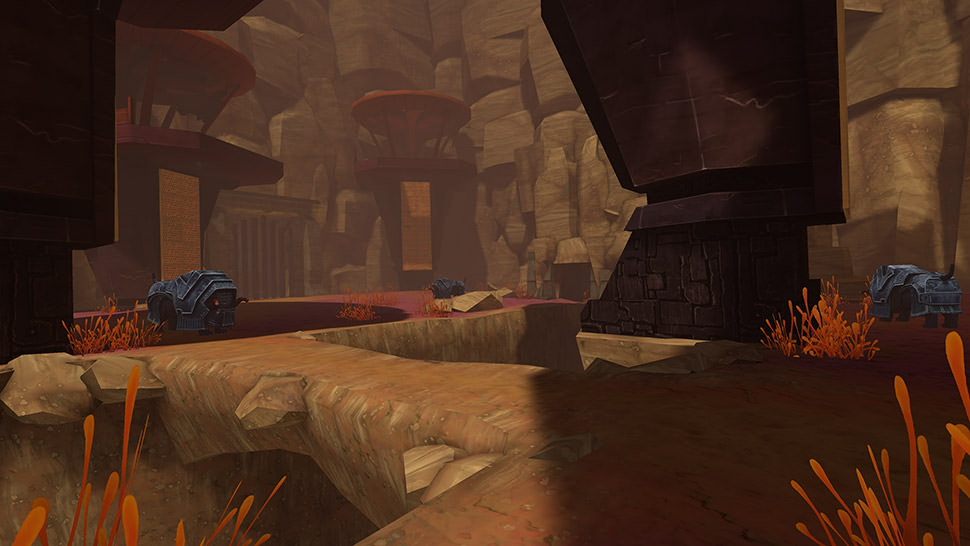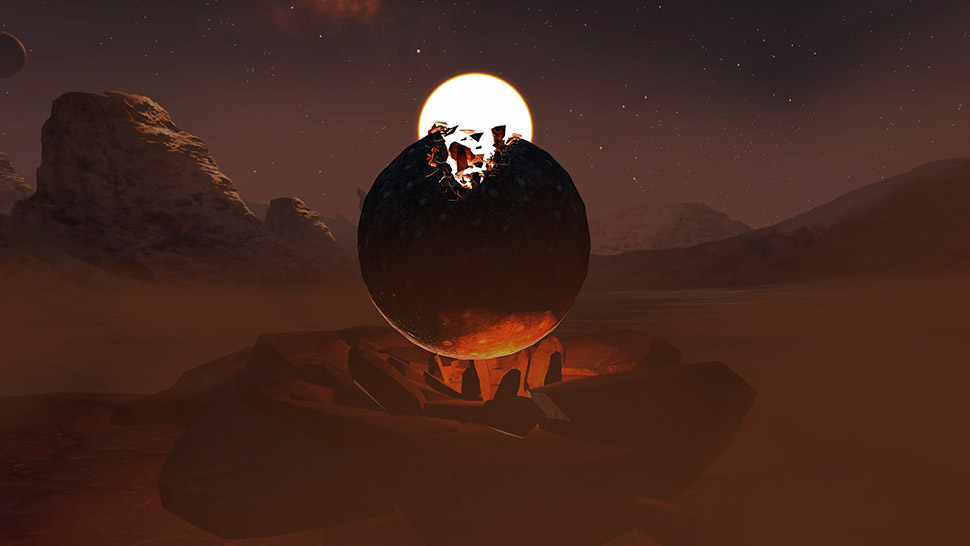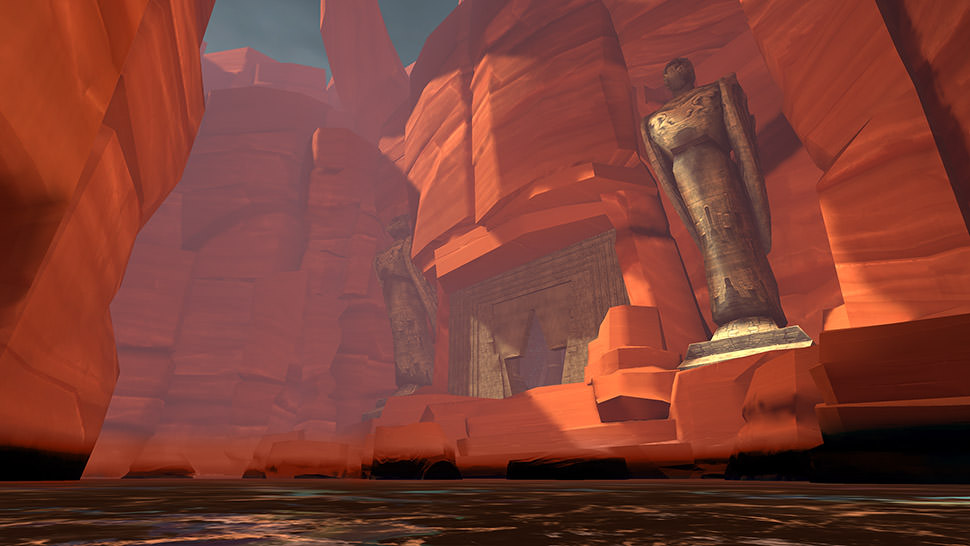Eclipse: Edge of Light Review

 By Kevin Mitchell | Jan 16, 2020
By Kevin Mitchell | Jan 16, 2020
Jonathan Hawkins, White Elk's founder and former Sony Santa Monica Lead Level Designer (God of War I, II, & III), found VR inspiration in Johann Johannsson's composition "How We Left Fordlandia." Eclipse: Edge of Light initially released in 2017 on Google Daydream View's mobile VR platform.

White Elk has brought the game to PC (tested on Oculus Rift S via Steam VR), PlayStation 4, and Nintendo Switch (January 30, 2020). The PS4 version offers both VR and non-VR ("flat") gameplay, though VR remains the optimal experience.
The game begins on a mysterious ethereal world where your spaceship crash-lands in the sentient planet's grasp. You discover a mystifying orb with supernatural abilities emerging from the surface. This Artifact becomes your primary puzzle-solving tool, letting you demolish environmental obstacles, activate ancient technology, and manipulate the remnants of a forgotten civilization. The orb returns instantly to your hand when thrown. Controls are forgiving, with predetermined locations guiding the sphere's trajectory. The Artifact reveals climbing platforms on specific surfaces and can direct local fauna to clear blocked paths. Moving massive statues works best in VR, where natural head movement provides better viewpoint control compared to the locked perspective of non-VR play.

As you collect fragments, the Artifact gains new abilities while uncovering the planet's mysterious past. Your suit's scanner reveals lore through massive statues, stone tablets, and scattered objects, building a picture of the previous religious society. VR scanning requires physical head movement, adding immersion. Hidden objects reward thorough exploration with deeper narrative understanding. Despite lower gravity, traversal requires a jetpack for the vertical landscapes. Special flora on canyon walls emit particles that instantly replenish jetpack fuel, enabling continuous aerial movement.

Eclipse offers various comfort options for locomotion, though teleportation isn't available. Default turning uses 90-degree intervals, with 15 and 45-degree options available. VR veterans can enable smooth turning at adjustable speeds. An optional visor/helmet view frame helps ground players but occupies significant screen space.
Simply Put
Eclipse: Edge of Light offers a two to three-hour journey, enriched by thorough exploration of its artifacts and lore. While playable without VR, the experience suffers from awkward arm visibility issues and control quirks. PS4's unconventional menu controls and mismatched Oculus Touch button prompts create initial confusion. Andrew Prahlow's atmospheric score perfectly complements this mysterious adventure.
Note: Eclipse: Edge of Light was reviewed on Oculus Rift. A digital copy of the game was provided by the publisher/developer.




